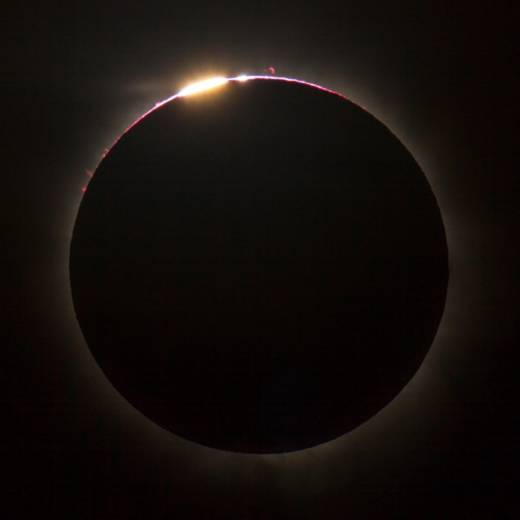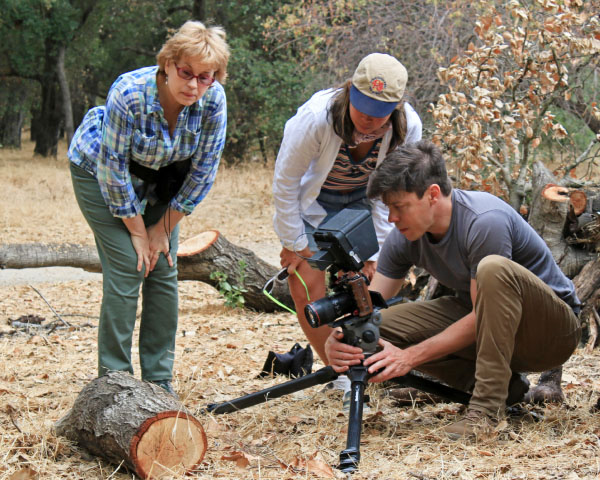Save the date: August 21st. On that Monday, across the United States, millions of people will be granted a rare chance to see a total solar eclipse. The last time a total solar eclipse crossed the contiguous U.S., Jimmy Carter was president (1979). It has been nearly a century since an eclipse swept the country from coast to coast (1918).
“It’s not often that celestial events favor our own country in such a way,” says Seth Shostak, senior astronomer at the SETI Institute. “And this gives the opportunity to a lot of people to see something that really shouldn’t be missed.”
The eclipse will first be visible by land at Lincoln Beach, Oregon. At 8:04 a.m. the moon will begin to edge in on the sun, taking a tiny chip out of it.

As the 70 million million million metric tons of rock that we know as our moon slide across the solar disc, darkness will descend, sweeping in from the west. The temperature will drop. Birds may cease singing, squirrels may give up their foraging. The stars will come out.
Observers of past eclipses say life seems suspended in animation, as the shadow of the moon sweeps over them. Looking up they see a “hole in the sky” surrounded by flowing flames. Or, “a black sunflower with the most delicate of silver petals,” as Frank Close writes in Eclipse: Journeys to the Dark Side of the Moon.

